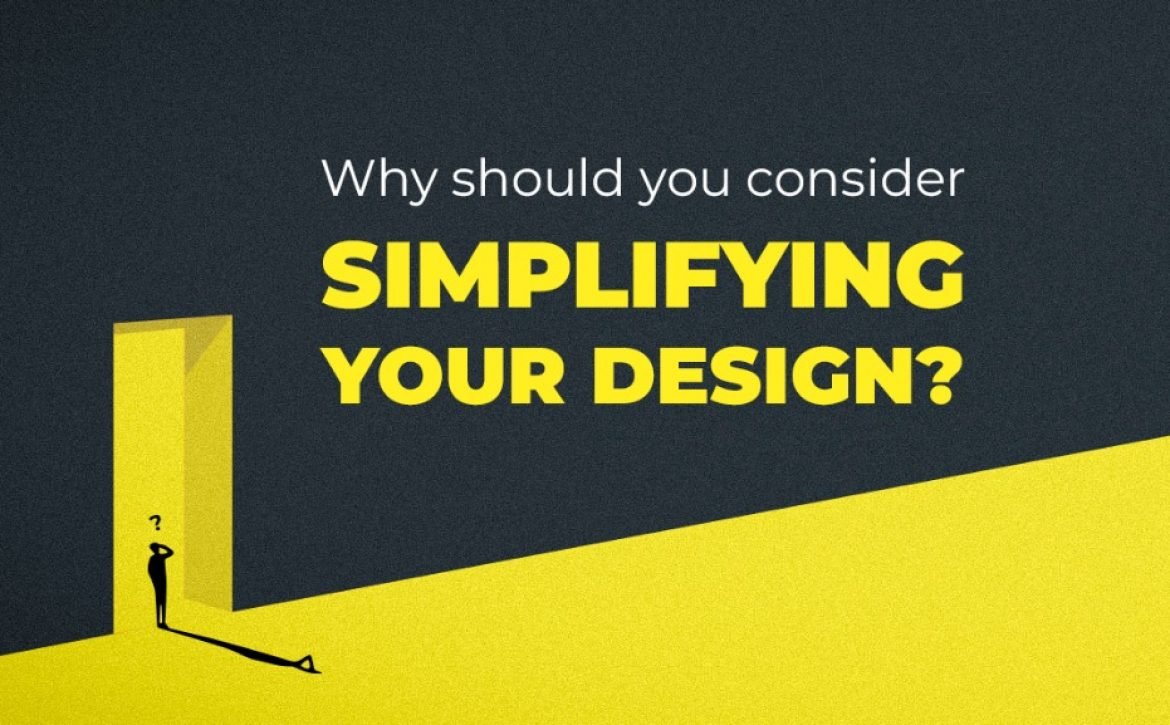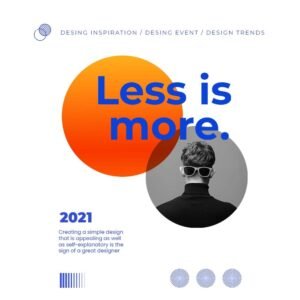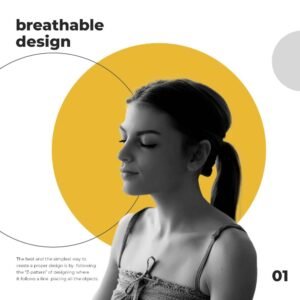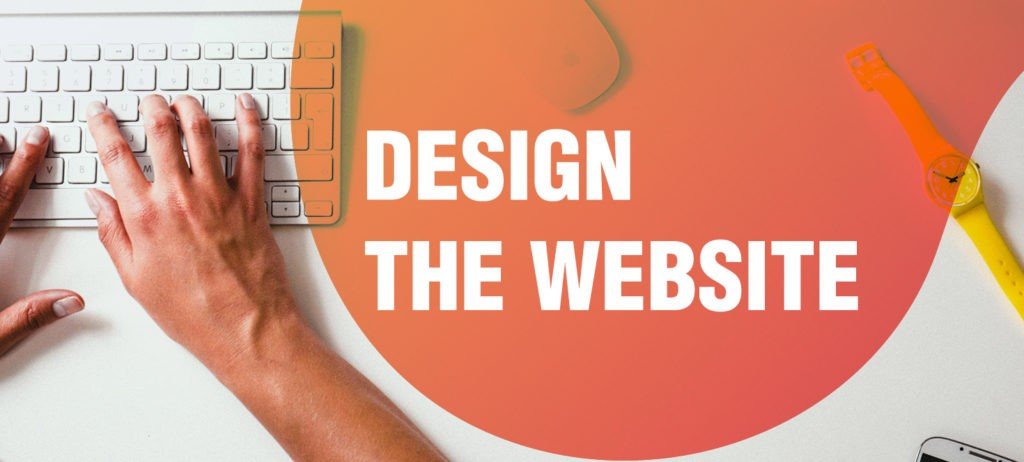Kickstart designing for your brand on a budget.
Starting a business in today’s world is more accessible than ever. With the rise of e-commerce, social media marketing, and remote work, entrepreneurs have more opportunities to build a brand on a budget. However, designing your brand on a budget can be a challenge. In this blog post, we’ll explore some tips and tricks for creating a compelling brand identity without breaking the bank.
1- Focus on Your Brand You Want to Build
The first step to designing your brand on a budget is to focus on your brand identity. What is your mission statement? Who is your target audience? What sets your brand apart from your competitors? By answering these questions, you can identify the key values and messages that you want to convey through your brand identity.
Your brand identity should be consistent across all your marketing materials, from your website to your social media channels. By building a cohesive brand identity, you’ll create a memorable and recognizable image that will resonate with your target audience.
2- Design a Logo
Your logo is the face of your brand. It’s the first thing that customers will see, and it’s what they will remember. Designing a logo can be expensive, but there are many free or low-cost options available. Online tools such as Canva and Adobe Spark offer logo design options. If you’re not confident in your design skills, consider hiring a freelance designer through platforms such as Fiverr or Upwork.
One trend that has emerged in recent years is the use of minimalist logos. Brands such as Apple, Nike, and Twitter have embraced this trend to create simple and memorable logos. By using a minimalist logo, you can create a modern and sophisticated brand identity that stands out in a crowded market.
3- Choose a Color Scheme
Color plays a crucial role in brand identity. It can evoke emotions, convey messages, and create a strong visual identity. Choosing the right color scheme for your brand is essential to creating a compelling brand identity. There are many online tools and resources that can help you choose a color palette that reflects your brand values and resonates with your target audience.
In recent years the use of bold and vibrant colors has taken off. Brands such as Glossier, Netflix, and Airbnb have embraced this trend to create a memorable and eye-catching brand identity. By using bold and vibrant colors, you can create a modern and engaging brand identity that stands out in a crowded market.
4- Pick a Font
Your font choice is another essential element of your brand identity. Your font can convey a specific mood or feeling and make your brand more recognizable. When choosing a font, consider the readability and legibility of the font. You also need to choose a font that is easy to read across different mediums, such as on a website or in print.
Sans-serif fonts such as Raleway, Montserrat, and Open Sans have been popular choices for many brands in recent years. These fonts are easy to read and have a modern and clean aesthetic. Another trend that has emerged in recent years is the use of custom fonts. Brands such as Airbnb and Netflix have commissioned custom fonts to create a unique and memorable brand identity.
5- Develop a Brand Style Guide
A brand style guide is a document that outlines your brand’s design elements, such as your color scheme, font, and logo. It’s a useful tool for ensuring consistency across all your marketing materials, from your website to your social media posts. Creating a brand style guide doesn’t have to be complicated. Start with a basic document that outlines your design elements and build from there as your brand grows.
6- Use Templates
Templates are a great way to create professional-looking designs without spending a lot of money. There are many free or low-cost options available for templates, including Envato, Canva, and Adobe Spark. Templates are available for a variety of design elements, such as social media posts, flyers, and business cards.
7- Be Consistent
Consistency is key when it comes to branding. Make sure that all of your design elements, from your website to your business cards, are consistent with your brand identity. This will help to create a cohesive brand identity that customers will remember.
In conclusion, designing your brand on a budget is possible. By following these tips and tricks, you can create a professional-looking brand identity without spending a lot of money. Remember to focus on your brand identity, choose a color scheme and font that reflects it, create a logo, develop a brand style guide, use templates, and be consistent. With a little bit of effort, you can kickstart your brand design and start attracting customers.












